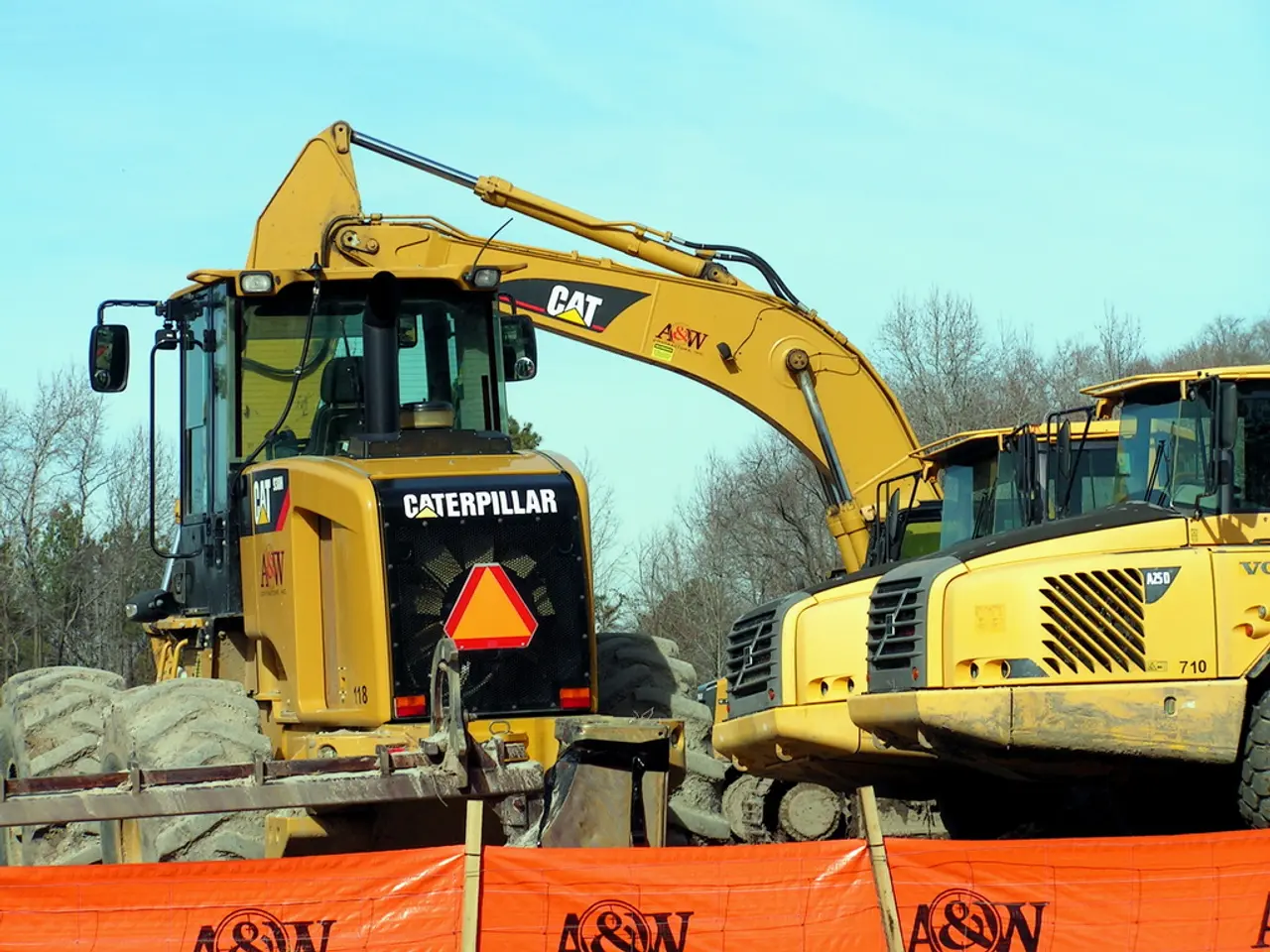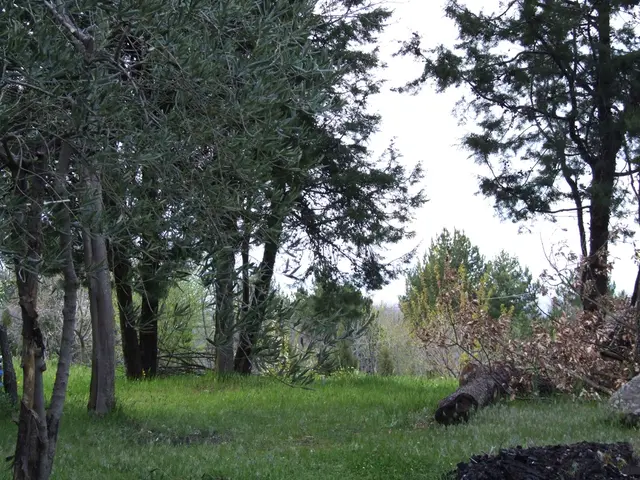The 'most beautiful workplace' - Forest crane serves research - German Scientists Use Unique Crane to Study Trees in Detail
Scientists in Germany are using an innovative method to study trees, with a unique crane helping them examine the health of forests in detail. Pia Kraeft, a researcher from the Technical University of Berlin, is leading this work as part of the FeMoPhys project, which runs until 2027.
The project uses a 45-meter-high turntable crane in the Wendeforst near Demmin, Mecklenburg-Vorpommern. This crane, the most complexly equipped of its kind in Europe, allows Kraeft to fly through tree crowns to reach 'measurement patients' - trees being closely examined. She uses a spectrometer from the crane to measure light components absorbed and reflected by leaves, drawing conclusions about substances in the leaf.
The FeMoPhys project aims to help recognize and understand changes in the forest better by combining detailed data with aerial images. Each tree in the project shows unique defense mechanisms and reacts differently to external influences. Around 400 trees are recorded on one hectare, with 40 'intensive trees' being particularly closely examined. One such tree, a tall larch with Mediterranean growth habits known as the 'Mediterranean', was observed to take a 'siesta' during the summer, stopping growth until rain resumed.
The FeMoPhys project, running until 2027, hopes for a follow-up project to continue using the crane. The team plans to continue research work at other locations in Europe, collaborating with several German institutions such as the Landesbetrieb Forst Brandenburg, Landesforst Mecklenburg-Vorpommern, the German GeoForschungsZentrum (GFZ), LUP company from Potsdam, University of Greifswald, and Technische Universität Berlin. Their work is expected to provide valuable insights into the health and resilience of European forests.
Read also:
- Hydrogen set to revolutionize India's space expeditions, transportation sector, and clean energy ambitions, according to ISRO Chairman's claims
- Strategic approach to eco-friendly nickel production for electric vehicles in Europe
- Solar energy company, Imperium, alongside QORAY Mobility & Energies Solar Business, bolsters Nigeria's environmental future by producing superior solar panels domestically and offering flexible payment options.
- AI Inspection Company, Zeitview, Secures $60 Million Funding for Expansion








